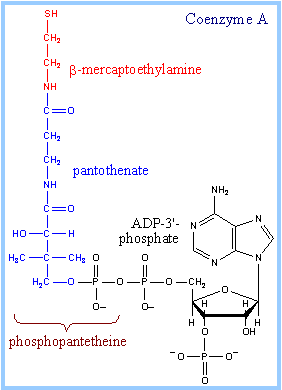Fatty Acid Synthesis:
Fatty acid synthesis is the formation of fatty acids from malonyl-CoA and acetyl-CoA precursors by action of enzymes known as fatty acid synthases. It is a very important part of the lipogenesis procedure that - together with glycolysis - stands behind formatting fats from blood sugar in living organisms. Such like β-oxidation, straight-chain fatty acid synthesis occurs through the six recurring reactions shown follows, until the 16-carbon palmitic acid is produced.

These reactions are performed through fatty acid synthase II (FASII) that in commonly contain multiple enzymes which act as one complex. FASII is present in prokaryotes, fungi, plants, and parasites, as well as in mitochondria. In an animal, as well as yeast and some fungi, these similar reactions occur on fatty acid synthase I (FASI), a large dimeric protein which has all of the enzymatic activities needs to establish a fatty acid. FASI is less efficient than FASII; moreover, it permits for the creation of more molecules, involving medium-chain fatty acids through early chain termination.